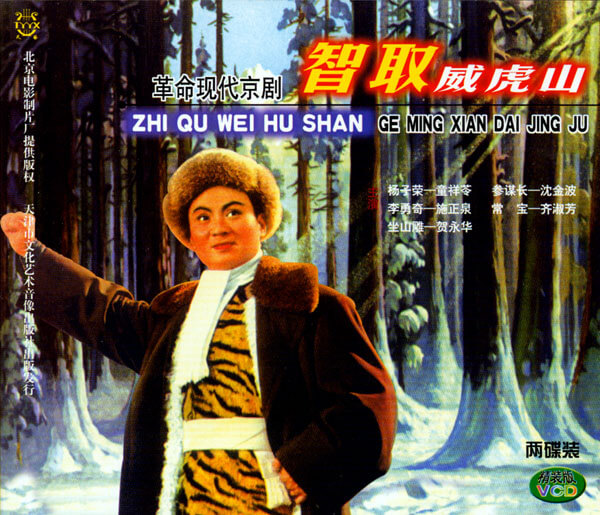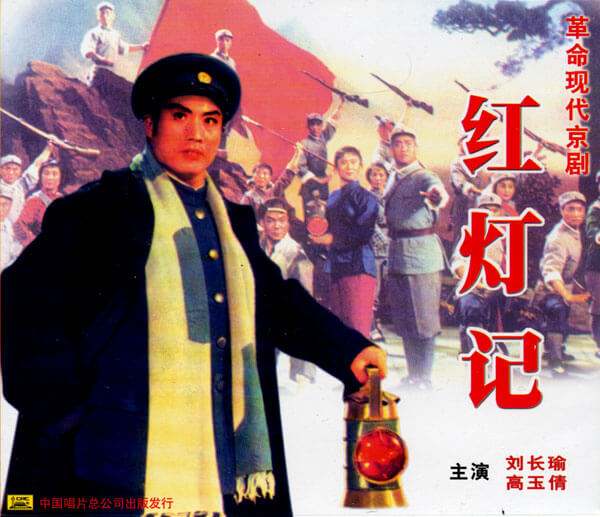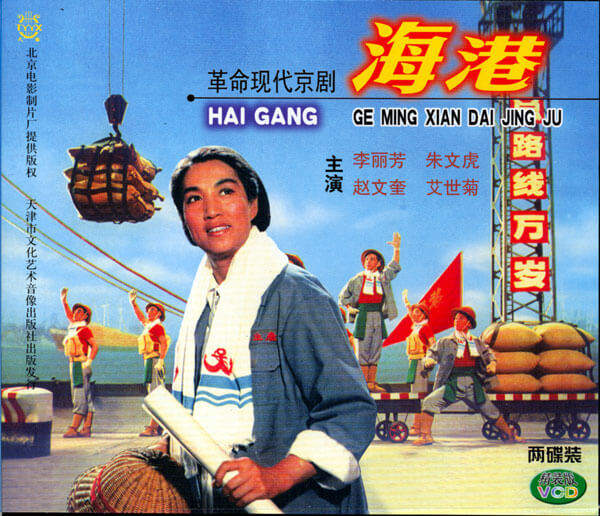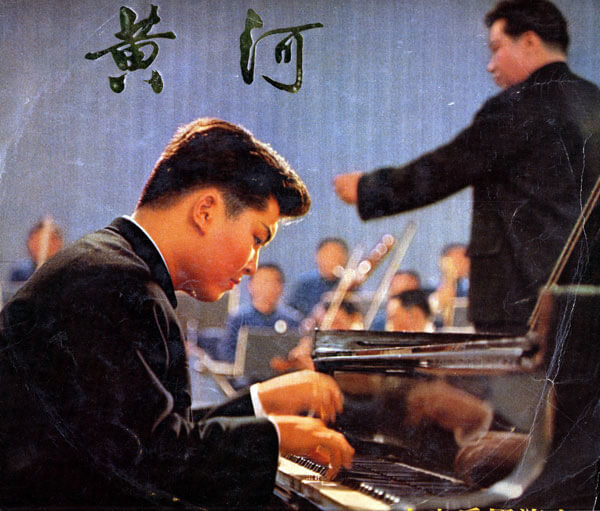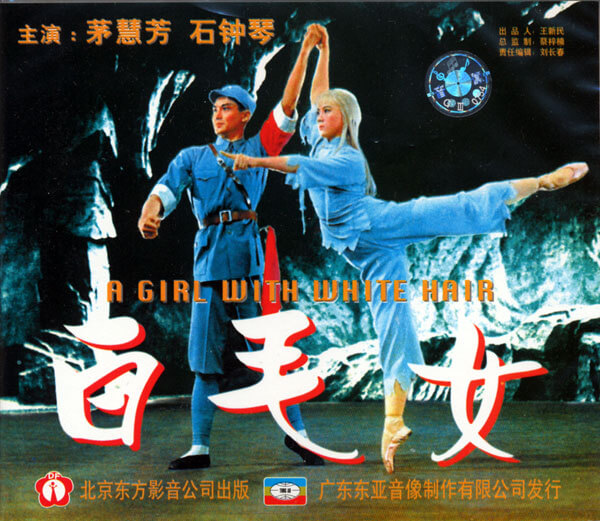The Cultural Revolution
After the start of the Cultural Revolution (1966–1976) headed by the infamous Gang of Four, including Mao’s wife Jiang Qing, all traditional forms of theatre were prohibited. Jian Qing had already inspected some 1000 Peking operas and suggested banning most of them. Now it was the Party’s literature committees that dictated what was allowed to be performed.
- A scene from the revolutionary model opera, Taking the Tiger Mountain by Strategy. The Archives of Finland–China Society
- A scene from the revolutionary model opera, The Red Lantern. The Archives of Finland–China Society
- A scene from the revolutionary model opera, Sha Jia Creek. The Archives of Finland–China Society
- A scene from the revolutionary model opera, On the Docks. The Archives of Finland–China Society
Jiang Qing interpreted Mao’s teachings extremely rigidly, which led to the politisation of theatre to an extent that has never been seen, before or after, in the history of the arts. Five Revolutionary Model Dramas were created by the literary circles led by Jiang Qing. They included Taking Tiger Mountain by Strategy, Zhiqu wei Hushan (Chih-ch’ü wei Hu-shan), The Red Lantern Hongdeng ji (Hung-teng chi), Sha Jia Creek Shajia bang, (Sha-chia pang), On the Docks Haigang, (Hai-kang) and Raid on the White Tiger Regiment Qixi Baihu tuan, (Ch’i-hsi Pai-hu t’uan).
Jiang Qing formulated new theatrical aesthetics for these model operas. Similarly, as the earlier traditional operas, the model operas were also based on fixed character types. However, the various earlier types, based on their social status and inner qualities, were now replaced with character types based solely on their class background.
These rigid stereotypes include two main categories. The revolutionary and thus “good” characters are portrayed as standing in the middle of the stage in heroic, “revolutionary” poses, well lit with pinkish spotlights (red being a positive colour both in the traditional and later in the Communist colour symbolism). The “bad” characters, i.e. the class enemies, are placed at the side of the stage in ugly poses and dimly lit by bluish light (blue often being a negative colour in traditional opera masks).
In the huge stage decors, costuming, and in make-up, “heroic realism”, were the only accepted style. The music is a mixture of traditional Chinese and Western music since, according to Jiang Qing, Western music was more suitable to express heroism than Chinese music. Many stage conventions, as well as acrobatics, were retained from the traditional Peking Opera, although in the fighting scenes guns and rifles now replaced the traditional weapons.
- A cover for a recording of a piano concerto based on the revolutionary model symphony, Yellow River. The Archives of Finland–China Society
- A scene from the revolutionary model ballet, The White-Haired Girl. The Archives of Finland–China Society
The first model drama was ready to be performed in 1969. The model works came to include eight works altogether, regularly revived by the party committees to reflect the current trends of the party’s policy. They include the above-mentioned five model dramas, one symphony (Yellow River) and two Model Ballets, The Red Detachment of Women, Hongse niangzi jun (Hung-sê niang-tsŭ chün) and The White-Haired Girl, which was reformed from an early song drama into a model ballet. Revolutionary ballets make full use of Soviet-style heroic classical ballet with pointe shoes and furious leaps.
Video clip: Model Ballet The Red Detachment of Women, Hongse niangzi jun (Hung-sê niang-tsŭ chün) The archives of Finland–China Society
Besides the actual model works, huge spectacles combining different forms of the performing arts were also set up. The East is Red, Dongfang hong (Tung-fang hung) was an example of this kind of “revolutionary entertainment” which aimed to illustrate the success story of the revolution. Besides these model works and spectacles very few other works were allowed to be performed. Actors, writers and other theatre workers who refused to join the teams, or were otherwise regarded as anti-revolutionaries, were persecuted and many of them died.
However, many well-known actors played in the model dramas and their artistic level was the highest during the Cultural Revolution. No wonder that the model dramas are still rather popular today. Together with the model ballets, they are still performed every now and then. They are all available as recordings and even revolutionary opera karaoke was in vogue at the turn of the 21st century.
